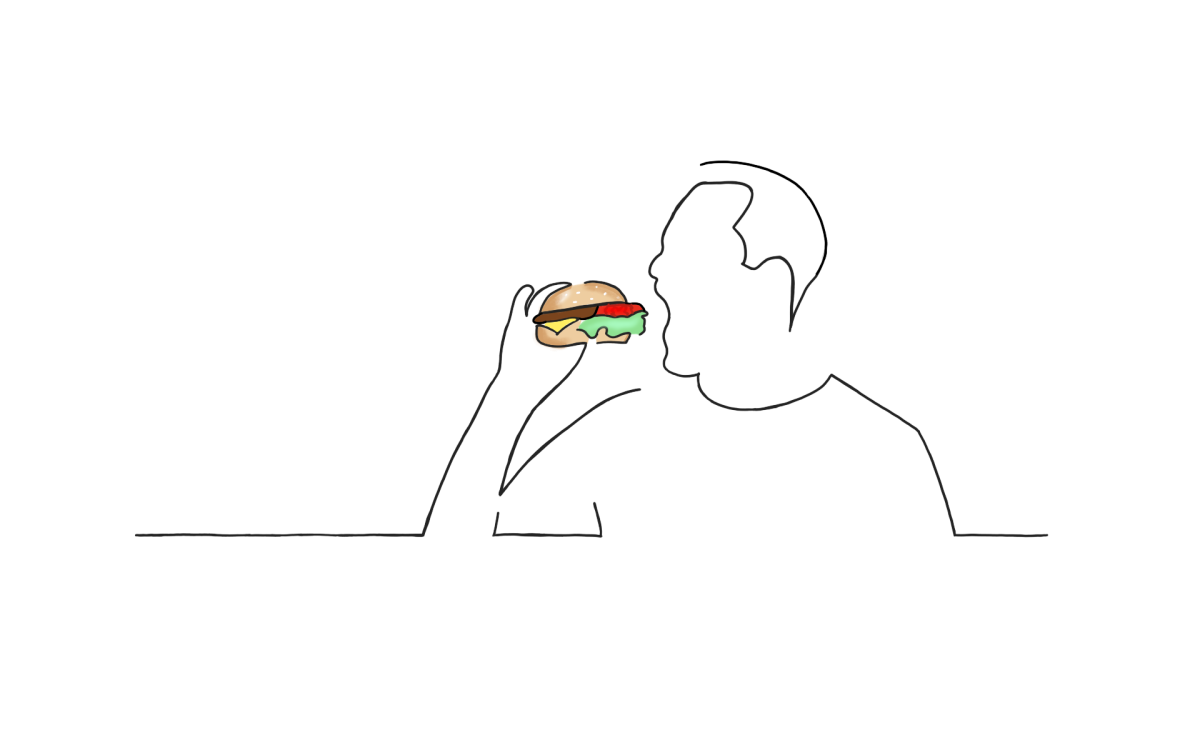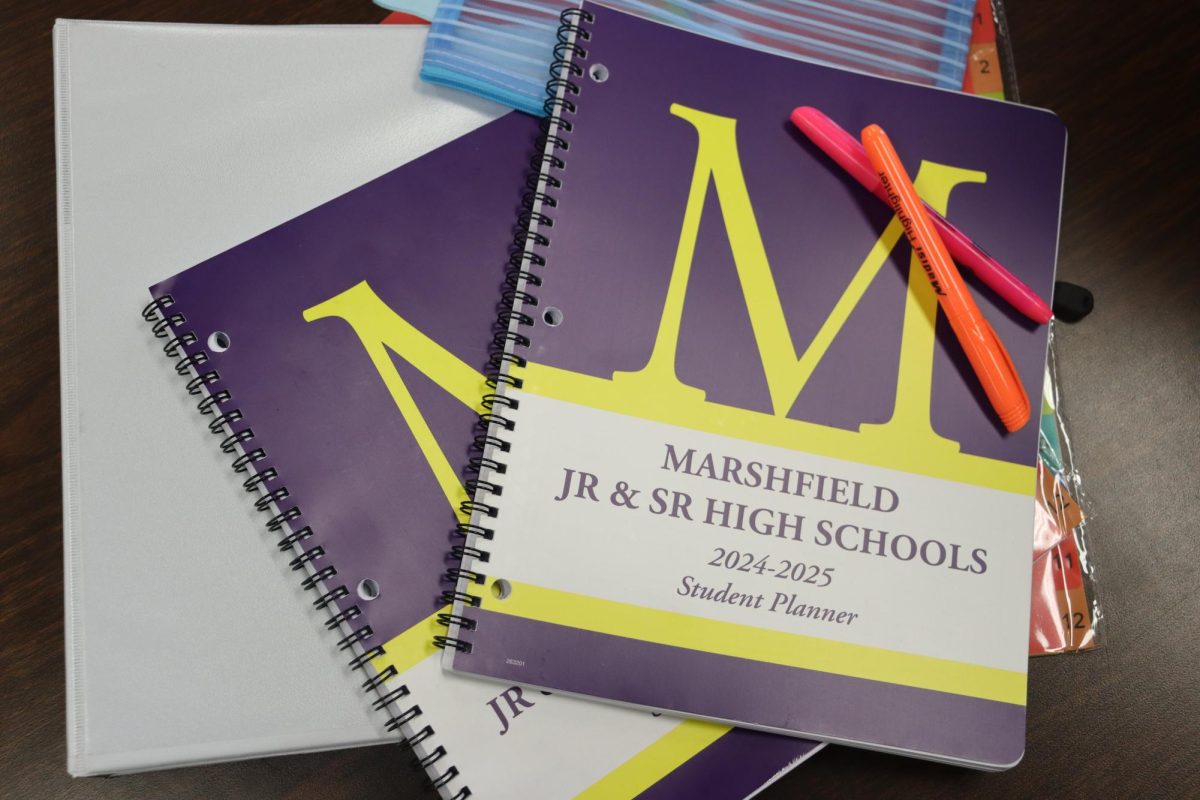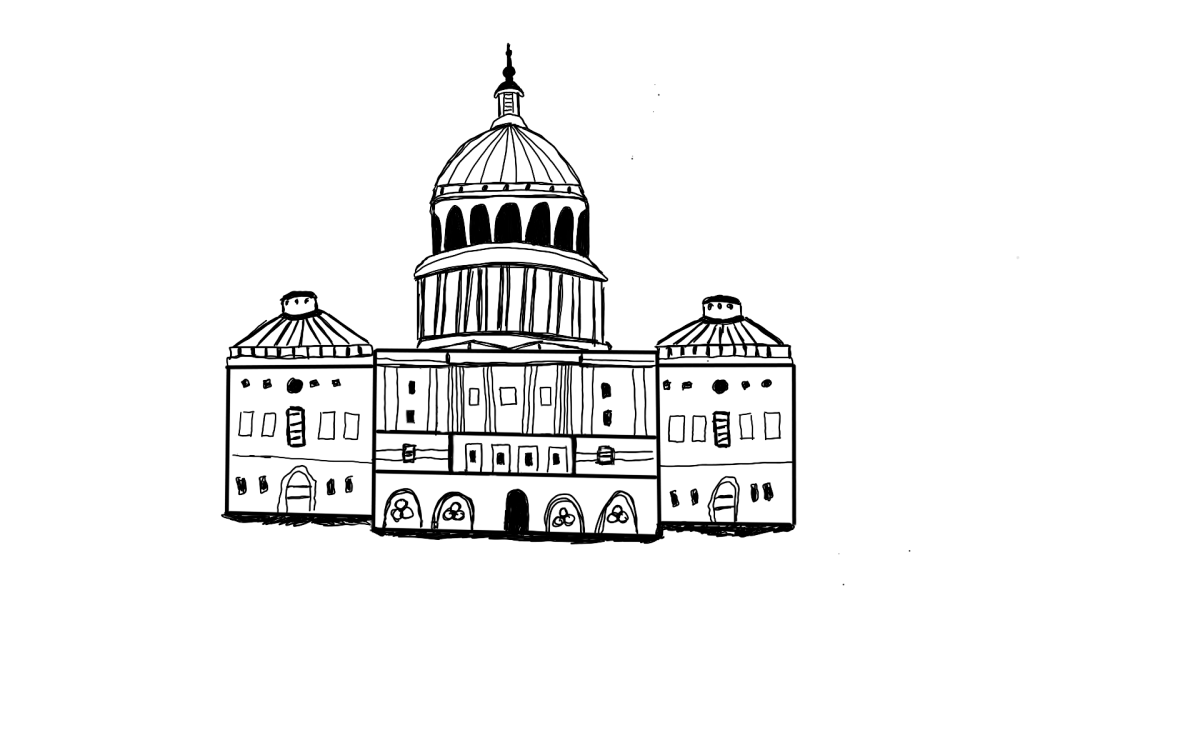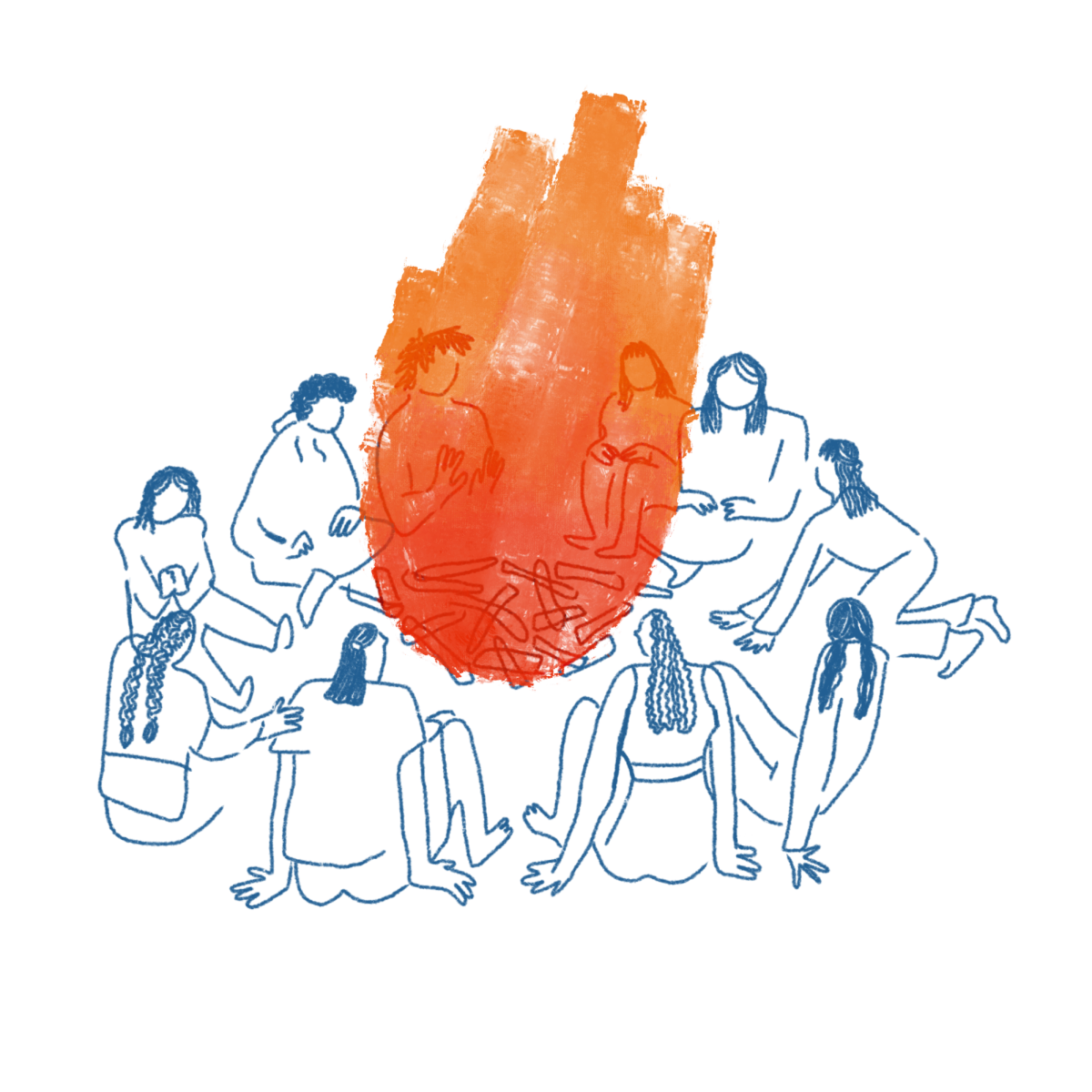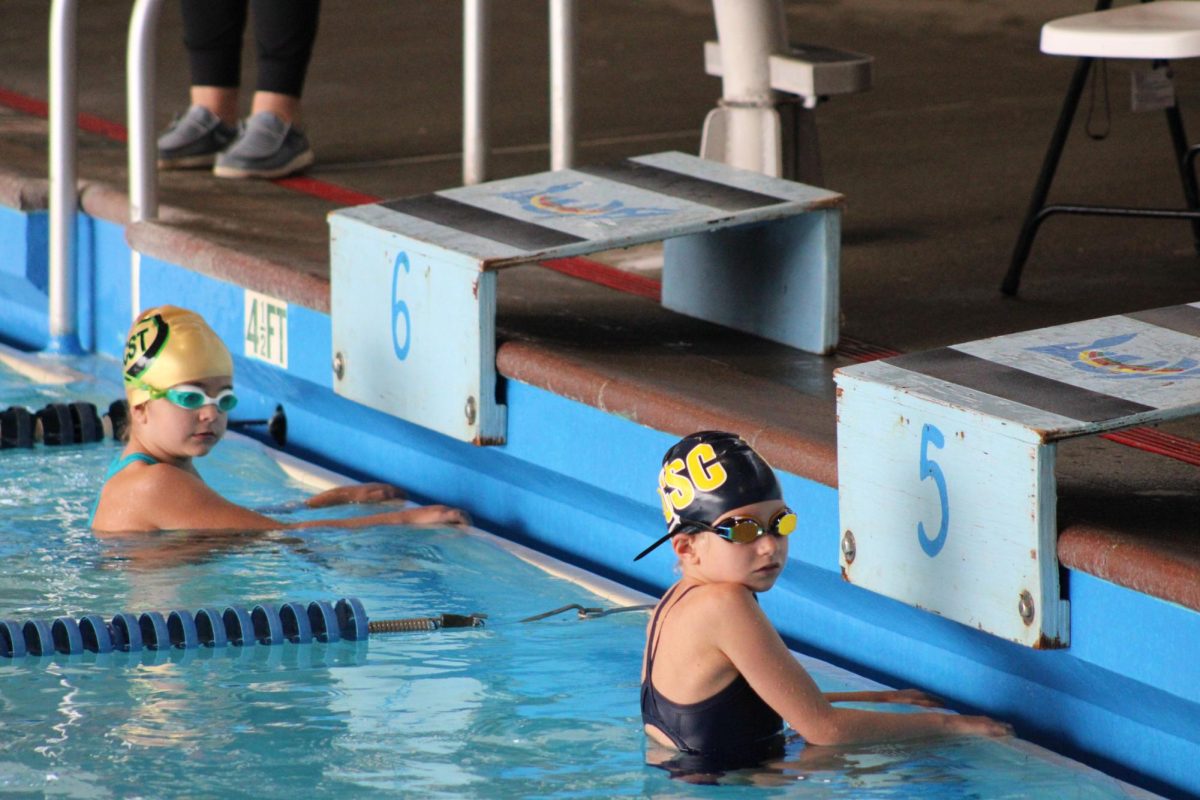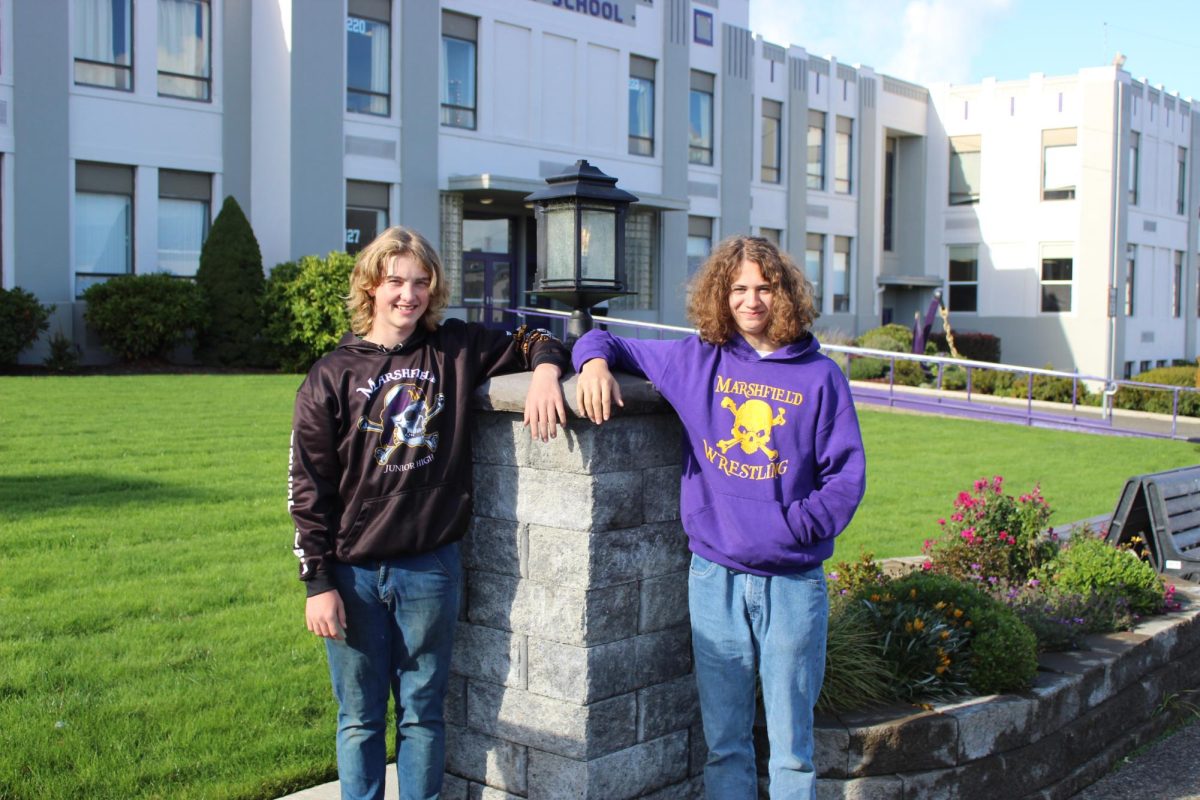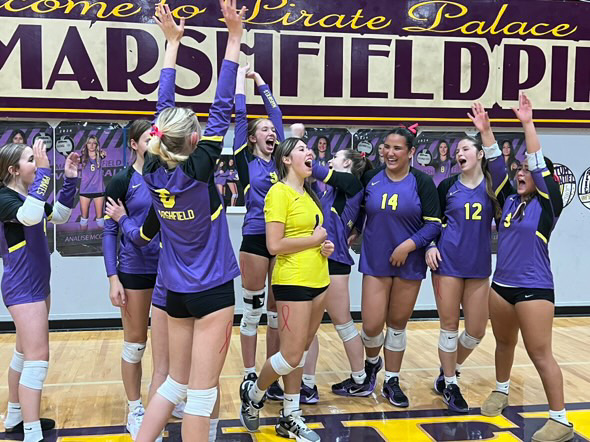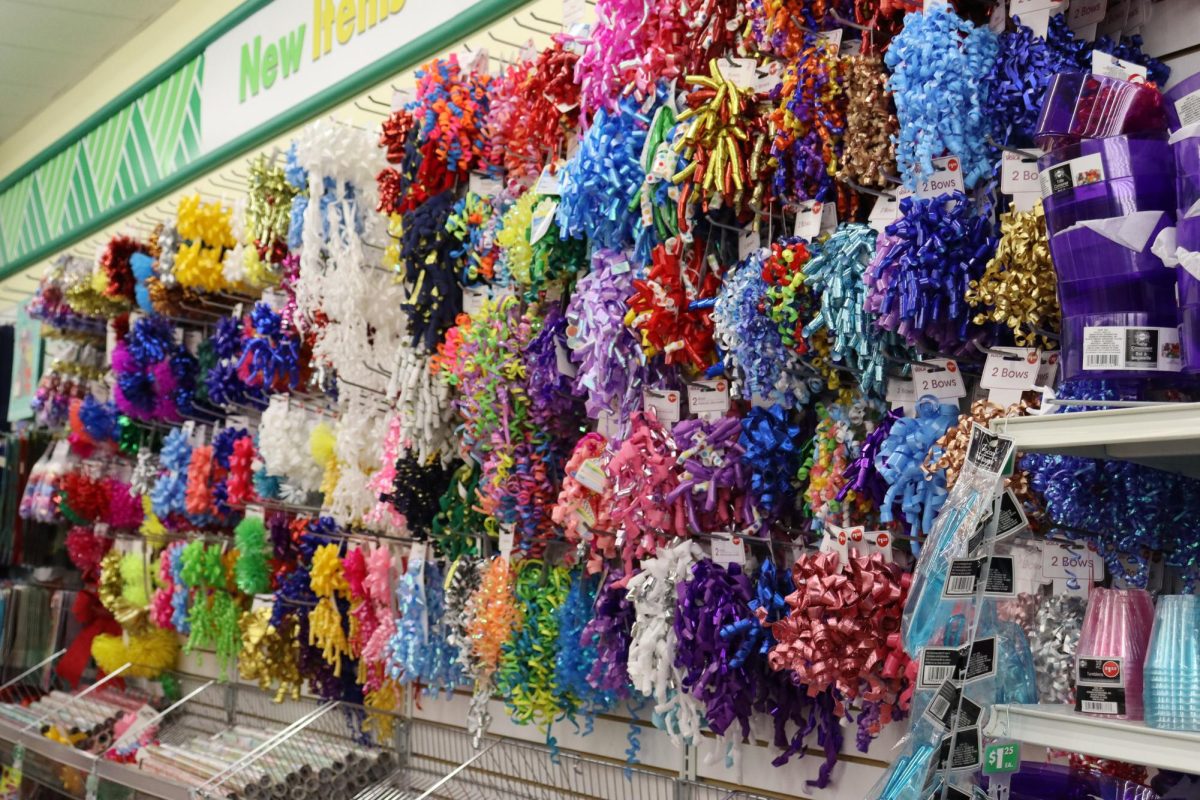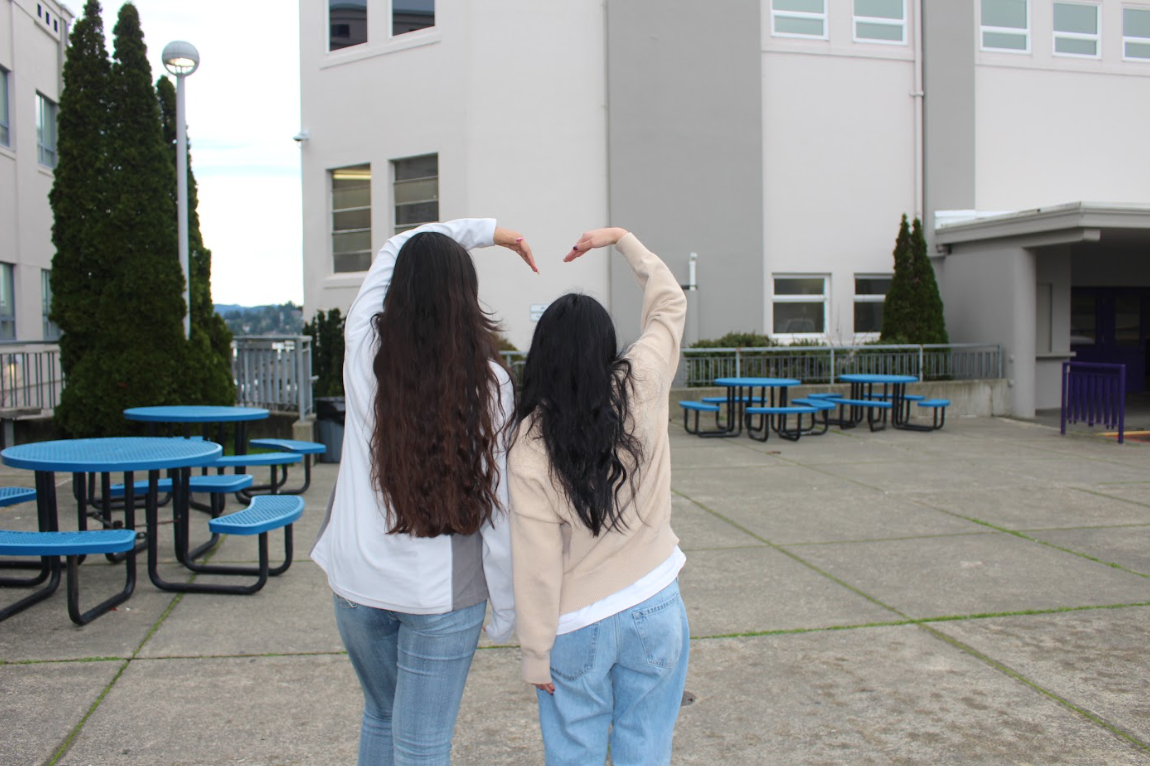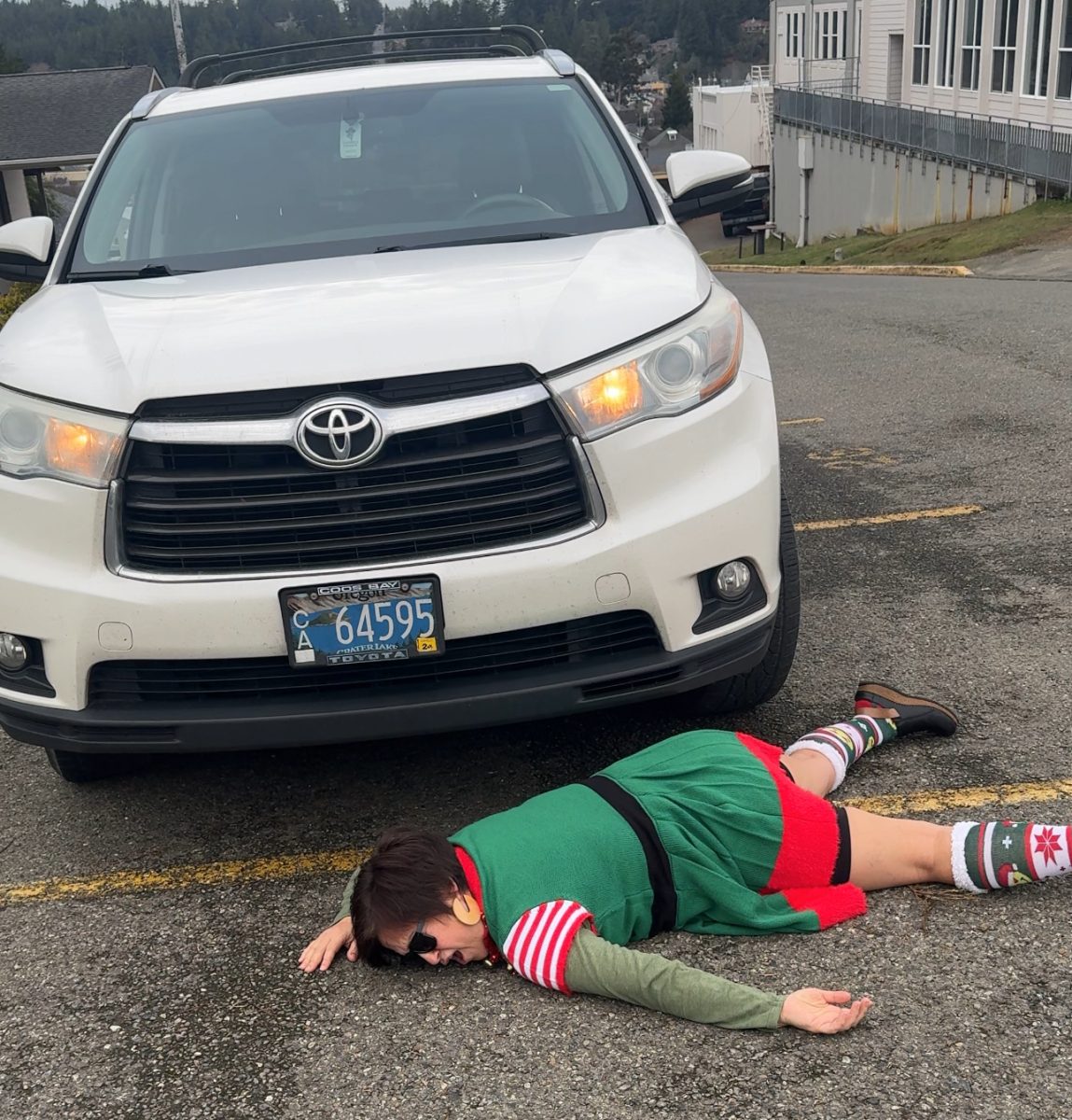Can you recall the last time you created something? How highly do you value creativity? What is creativity?
Creativity, as it is defined, is the use of imagination to create original ideas. Painting, songwriting, and other aesthetic based arts are examples of creativity, as well as building, construction, and problem solving.
In the brain, there is no left and right side designated to either art and emotion or math and logic. Instead, the whole brain functions together and communicates. Though creativity typically keeps its neural impulses in the frontal lobe, thinking, emotions, personality, morality and memory storage also occurs there.
Even if one does not consider themselves creative or artistic, chances are they’re exercising creativity everyday.
“[Creativity and art affects my life] in every aspect of it,” said Heidi Ositis, Marshfield High School art teacher. “In the way I get dressed in the morning; what clothes I pick, what my house looks like–how I organize my house, the paint on the walls. Art is in every single facet of my life.”
Like anything, art isn’t something that just exists. It needs to be practiced and integrated into one’s life meaningfully. It is important to exercise the creative part of the brain, as well. The brain is, metaphorically, a muscle and due to its neural plasticity, what you don’t use you will lose it. This becomes more important with old age as the brain undergoes cortical thinning, which has a pronounced impact on the frontal lobe.
Creativity also has a positive impact on the quality of life. It’s been linked to improved self esteem, aids in coping with stress, and reduces sadness. Art, the byproduct of creativity, is also good for giving economic opportunities.
“It gives me many opportunities to make money,” said MHS student Shyla Applegate. “Such as content creators. I also face many challenges against anatomy, dynamic poses, and details that cause my skill to grow,.”
It could also be argued that human adaptability is what often sets us apart from the rest of the animal kingdom, and it is due to creativity and therefore a large factor in what drove human societies and civilizations forward. Ancient and traditional technologies are excellent examples of this. From tools, weapons, knitting and weaving, bushcraft to computers, recipes, art and language, it was all derived from the process of creativity.
“Art helps me see the world from a completely new perspective, and gain a deeper appreciation of my place in it, often through creativity,” said Esa Hinrichs, another student artist.
Not only is creativity important to keep in old age, it is also extremely important to child development. It fosters mental growth via creating new neural pathways. This often happens when trying something new, something kids often do. It also helps children’s communication, verbal and nonverbal, and can help build the child’s sense of identity.
Through all aspects and stages of life, creativity is an impactful thing. It’s ingrained in every society and every person. For the fall, try integrating creativity into something as simple as a table setting or window decoration. For more complex creativity, try a new craft or artwork. With the holidays in the near future, it’s the perfect time to create some ornaments or decor to celebrate the season.


